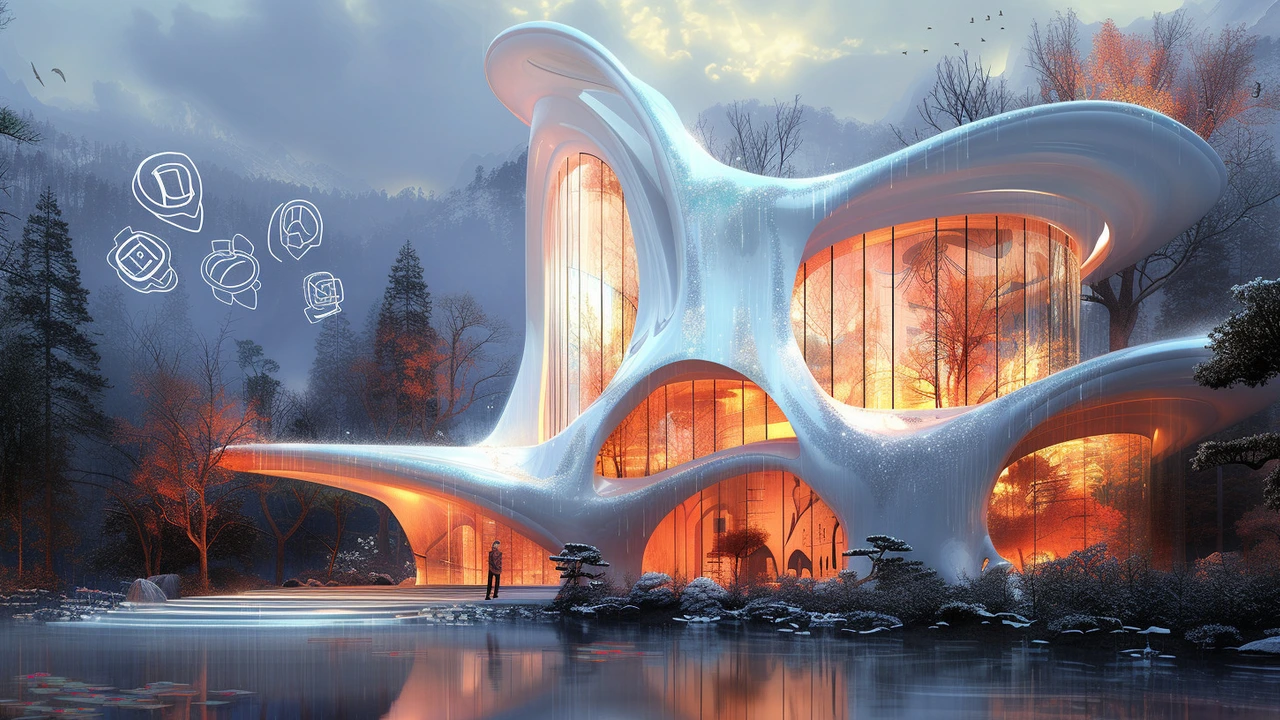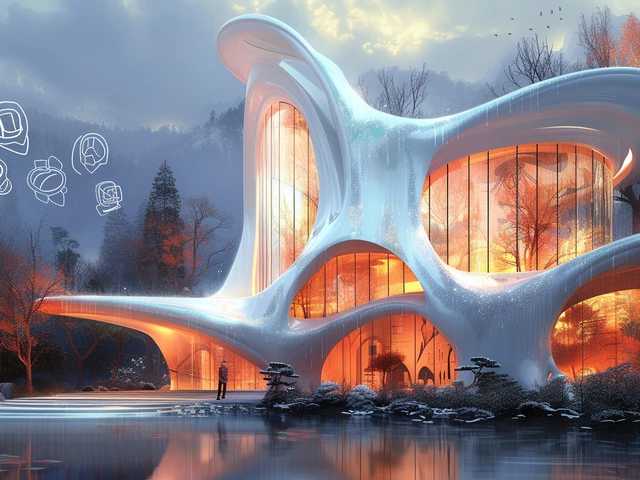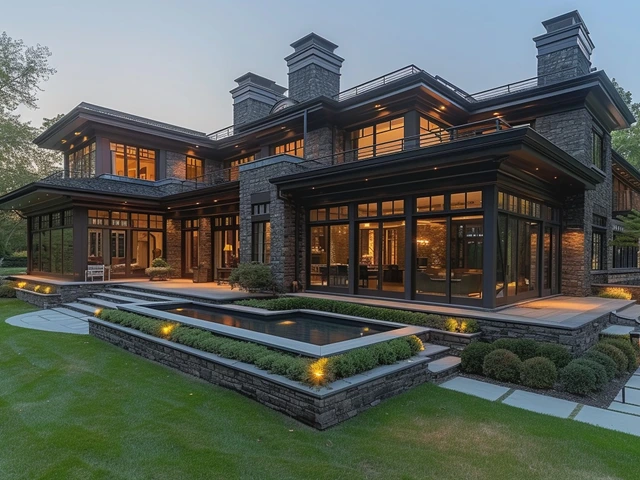The Roots of Expressionist Architecture
Expressionist architecture breathes life into the surroundings. Do you remember the first time you saw an Expressionist building? I have that memory vividly etched in my mind. It felt like an awakening, something akin to Emilia making her extra-strong coffee on a dreary Monday morning. Look upon an Expressionist building, and you see more than just steel and glass—it's an artistic assertion. It's those beautifully irregular waves in an otherwise calm sea or the vibrant plumes of our beloved cockatoo, Mango.
The roots of Expressionist architecture stretch back to the early 20th century. This style revolted against the traditional architecture of the time, spawning a whole new artistic revolution in design, much like the seismic shift in my house when Jaden discovered his love for drumming. Parallels, right?
The Unique Characteristics of Expressionist Architecture
If architecture had a rock and roll phase, it would unquestionably be the Expressionist era. And just like rock and roll, Expressionist architecture is all about being loud, bold, and pushing boundaries. The conventional rectangular boxes that have dominated skylines for centuries suddenly became too bland. Inspired by natural forms, these buildings took on fluid and dynamic shapes, reflecting the ebb and flow of life itself. If the rigid structure of Classical architecture is a trepidation-filled "no" from a parent, Expressionist architecture is Jaden's rebellious "watch me."
If the goal of traditional architecture is to create useful spaces, then the aim of Expressionistic design is to evoke emotions. It leverages powerful metaphors, just like my stories around the fireplace, often stirred by Emilia's eye rolls. It took inspiration from natural, organic shapes, and brought them to life using the cold, smooth designs of modern materials like glass and steel.
Notable Expressionist Architecture Examples
Let's put our tour guide hats on now and explore some masterpieces of Expressionist architecture. Our first stop is the Einstein Tower in Potsdam, Germany. Erected between 1919 and 1922, the Einstein Tower is a symbol of innovation, much like Jaden's Lego creations strewn all over our living room. Modeled to mirror the fluidity and intricacies of movement in nature, the tower seemingly defies the rules of physics. If buildings could speak, this one would echo Mango's animated chirps.
Next is the Sydney Opera House, a shining beacon of Expressionism, both in concept and execution. Designed by the visionary Jørn Utzon, this iconic structure showcases a 'sculptural' approach to design unparalleled in 20th-century architecture. Its striking forms transport you to the kinetic world of sailing ships, a passion of mine since a tender age.
Expressionism’s Influence and Legacy
Expressionist architecture might not be as pervasive as other architectural styles, but its impact is undeniable. This form of art built upon the freedom embedded in the Modernist movement and took it a step further. It served as a springboard, inspiring later architectural movements whose emphasis lay on innovative form-making and expressive designs.
One can observe a resurgence in the popularity of Expressionist Architecture in some contemporary structures. One such example is the Walt Disney Concert Hall in Los Angeles, designed by architect Frank Gehry. It feels like nature has been tamed into brushed steel, forming emblematic waves and curves that would leave Mango green with envy.
Expressionist architecture offers an immersive cultural and artistic experience. In this style, emotion and human experience are prioritized, challenging and expanding our perceptions of the world around us. Reminiscent of the stories I weave around Jaden's bedtimes, inspired by our beloved pet Mango—a breather to the mundane, an escape to the extraordinary—a testament to the dynamic relationship between form and material and the potential it holds for a world beyond rectangles.





Leave a Comments